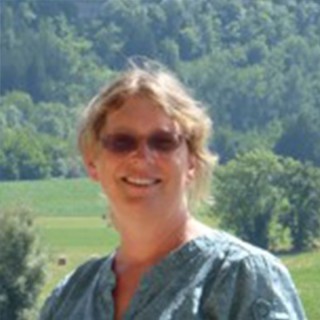Take a breath, now take another… for one of those breaths you have a phytoplankton to thank.

About half of the world’s oxygen comes from the photosynthesis of oceanic microscopic plants, called phytoplankton. These plants grow so fast that if there wasn’t some control on their population, they would turn the oceans into a green soup (think of a 1950s slime monster movie). In fact, when scientists talk about “blooms” of ocean phytoplankton, they are referring to unchecked short-term phytoplankton population growth. This may leave you wondering, why doesn’t the ocean bloom all the time? The reason is, “microzooplankton” are small consumers of phytoplankton that eat as fast as they grow. This means that birth and death rates are equal, which results in a steady population. The microscopic consumers (too small to see with the naked eye) are made up of many types of organisms like “flagellates” (organisms with whip-like tails that help them move) and “ciliates” (“hairy” looking cells with cilia). The photographs to the right show what some of these microzooplankton look like under the microscope.
Part of the food chain

Microzooplankton are excellent grazers of phytoplankton, however, they themselves are usually food for somewhat bigger microscopic grazers. These grazers in turn, are eaten by larger consumers, and so on, all the way up to more familiar species like fish. This applies to human food sources, as the number of steps in a food chain determines how much food is available to higher trophic levels (i.e., fish that we eat). Every step in the chain results in loss, so fewer steps means more fish, and more steps mean fewer fish.
Stepping through the food web
The R/V Falkor is currently at Station Aloha, a site that is well known to ocean scientists and has been studied regularly for over 25 years. With all that data however, we know little about how many steps there are near the base of the food web. There have been some investigations pertaining to this question, but we currently don’t have sufficient knowledge of how variable this might be, or the identity of the main microzooplankton species involved. Knowing the identity of the microzooplankton responsible for most phytoplankton consumption is important as it will help us predict how changing climates might affect the overall food web. This is one of the many reasons we have been collecting microzooplankton over the past few days.

Unlike the larger zooplankton that can be caught with fine mesh nets dragged through the water behind the ship, microzooplankton are best caught by collecting water samples because they are smaller, more abundant, and often quite delicate. We have been collecting seawater at specified ocean depths using a “CTD-Rosette”. This system has 24 (10 liter) bottles that are opened before deployment and closed at the desired depth when they are put in the ocean, using signals sent from the ship through the message-conducting cable. While this is all happening, we sit in our comfortable computer lab, watching the rosette sensors on a computer screen looking for features at depth.

Counting the number of steps in the food chain is a difficult thing to do since we can’t see the organisms without a microscope; first, we must collect seawater, let some of it incubate for a day unchanged, while other bottles are sieved for microscopic grazers using filters. We then compare phytoplankton at the beginning and end of the incubation to determine how fast the phytoplankton grew in all the bottles. Different sized microzooplankton filters (2-µm, 5-µm, 10-µm, 20-µm, 35-µm) will produce different results, giving us a clue as to the number of steps in the food chain. These filtered samples can only be processed at a special lab back at the University lab, so we will have to wait till we are back on land to answer our questions about the food web.

